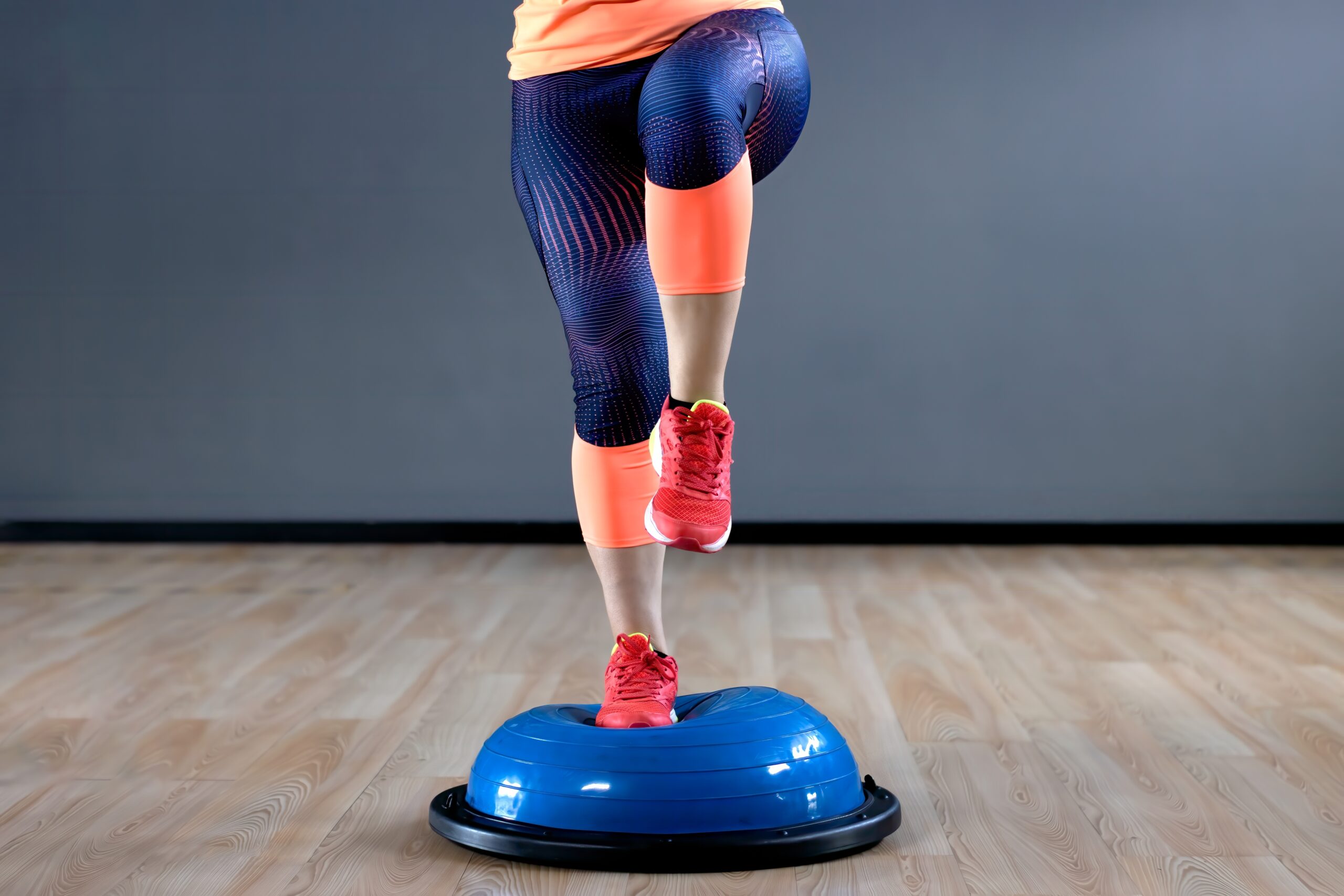In honor of national balance and fall prevention month, we are bringing awareness to the importance of balance, especially for those at risk of falling. Many people think that the risk of falling is only an issue for seniors; however, people of all ages face the risk of falling every day. While this may sound scarier to some than others, falling can cause serious injuries that can greatly reduce independence. The good news is there are everyday steps you can take from home to strengthen your balance and prevent falls.
Know Your Fall Prevention Team
First things first, fall prevention is a team effort, meaning there are many individuals who can help decrease your fall risk. By knowing who is a part of your fall prevention team and the role they play, you can begin taking everyday steps to prevent falls.
- Family and Friends: Family and friends are an essential aspect of any support system, and this is no different in fall prevention at home. They are able to provide mental and physical support as needed, help make sure your house is safe from tripping hazards and has proper lighting, and can help install grab bars where they are needed.
- Physical & Occupational Therapists: Your physical and occupational therapist are there to help you increase your balance, strength, and mobility which help to prevent falls. They can also help you to address any reasons you may feel unsteady and help you to feel comfortable on your feet.
- Primary Care Physician: A primary care physician will know your medical history and can recommend evidence-based programs to reduce fall risk. They can also spot any hidden injuries before they result in long-term complications that threaten your independence.
- Pharmacist: Pharmacists will know your medications better than most and understand how they may react with each other. Make sure to talk to them about the side effects of your medications and understand how they may increase your risk of falling.
- Therapeutic Health Personal Trainer: A therapeutic health personal trainer will take a medically minded approach to health coaching and personal training. They will consider your individual needs, goals, and medical history to make a personalized exercise plan that is best for you and will help keep you steady on your feet.
At-Home Exercises for Fall Prevention
There are a variety of otago balance programs and at-home exercises to help build strength and balance. However, it is important to speak with your doctor or physical therapist before starting new exercises. For extra safety measures, make sure someone is always around when exercising to supervise and help as needed, and immediately stop and contact a medical professional if they cause any pain.
Sit-to-Stand Exercise
- To begin this fall prevention exercise, sit in a sturdy chair of standard height. Make sure this chair does not have wheels, will not slide easily, and is located near a sturdy surface such as a counter or stable table.
- Position your feet flat on the ground about shoulder-width apart. Move forward so you are sitting on the front of the seat, lean forward – chest over toes.
- Shifting your weight forward, squeeze your gluteal muscles, and begin to move into a standing position.
- Make sure to utilize the sturdy surface in front of you for support if you need it. You can also use the arms or seat of the chair to push up through your hands, though the goal is to eventually be able to stand without the use of your arms.
- Once you are standing, slowly sit back down into your starting position.
- Do this exercise for 10 repetitions, twice a day.
Balance Exercises
Exercise 1:
- For this balance and fall prevention exercise, begin standing within reach of your kitchen counter or in the corner of the room.
- Start with your feet positioned shoulder-width apart with your eyes open.
- Hold this standing position for 10 seconds, working your way up to 30 seconds over time.
- Repeat this exercise for 5 repetitions, twice a day. Once you can steadily hold this position for 30 seconds, move on to the next exercise.
Exercise 2:
- Next, start with your feet together with your eyes open.
- Hold this position for 10 seconds, working your way up to 30 seconds over time.
- Repeat this exercise for 5 repetitions, twice a day. Once you are able to do so with little swaying or need of support, move on to the next exercise.
Exercise 3:
- Then, start standing on one foot with your eyes open.
- Balance on the one foot for 10 seconds, working your way up to 30 seconds over time. Switch to the other foot and do the same.
- Repeat this exercise for 5 repetitions, twice a day. Once you can hold for 30 seconds each foot, move on to the next exercise.
Exercise 4:
- When you able to complete each of these preventative exercises for 30 seconds without needing the support of the wall or kitchen counter, start again with the top balance exercise but with your eyes closed.
- Make sure you are within reach of a sturdy surface in case you begin to lose your balance and only progress when you are ready.
While the goal of these exercises is to increase strength and improve your balance to prevent falls, going too quickly can be dangerous, so make sure to take your time and be safe. If you have any concerns, reach out to your physical therapist for advice or a personal exercise plan.
At EA, we are here to provide the guidance and support you need to decrease your fall risk and maintain your independence. Contact us today to sign up for our fall prevention classes and learn more about how our physical therapists help with fall prevention so you can live a happier, healthier, and fall-free life.


